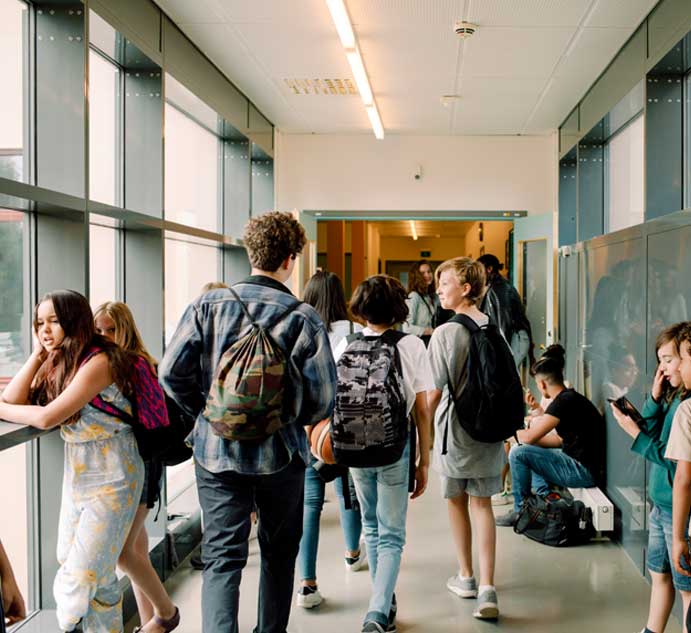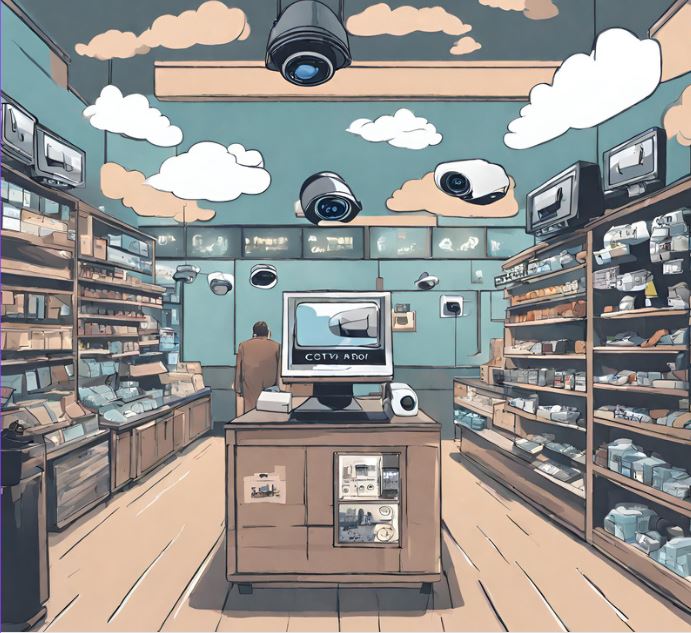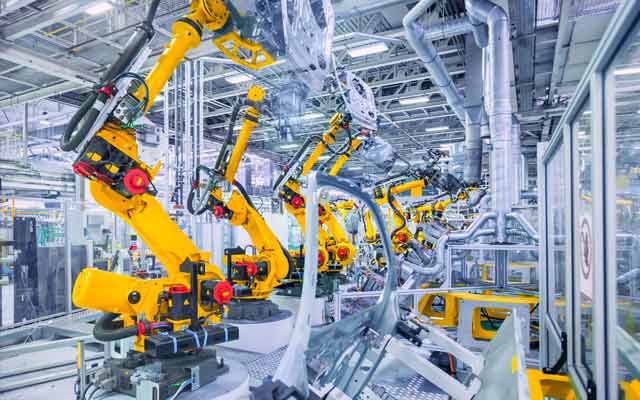One of the key findings from a recent nationwide business survey of CCTV system owners which NW Security commissioned in September, was that video surveillance systems are being increasingly pressed into service to deliver far more operational value to the organisation than was the case when their function was focused on physical security alone.
CCTV systems are increasingly being used as the ‘eyes and ears’ for managers, many of whom have spent the bulk of their working week since late March operating from home due to COVID-19.
Video surveillance systems are now as likely to be deployed by a factory manager to ensure proper safety procedures are being followed by staff working there; as for monitoring a site’s perimeter fence or site entrance.
Companies use CCTV to improve Health and Safety management
We’ve seen many examples where video surveillance video has been kept and played back as part of employee Health & Safety protocol training. Nearly two thirds of us (65 per cent according to the Social Science Research Network) are visual learners. They find it much easier to absorb information if it’s presented via a video, illustration, or graphical display, rather than written into dusty procedures manuals. These learners tend to think in pictures and need to create vivid mental images to retain information.
Video of scenarios where staff have put themselves in danger by breaching a safety protocol have been found to be much more effective in affecting behavioural change than, for example, typed out safety notices strategically placed around a site, according to engineering firms we work with. We see Health & Safety managers use video recordings of actual ‘near-misses’ to educate staff what could have happened.
Use of video to ensure compliance with COVID restrictions
During the pandemic, our market research also uncovered an increased use of existing CCTV systems to help ensure rules for stopping the spread of the pandemic in the workplace are being observed. Over half (52 per cent) of businesses felt CCTV could be used to provide another method of identification in support of some workplaces’ drive for contactless access to work premises and buildings.
Half of firms questioned also felt their CCTV systems ought to be able to help manage and enforce social distancing in the workplace, supporting new one way staff movement systems and ensuring congregation areas like kitchens remained closed and cleaning regimes were being kept up.
CCTV use on the increase in manufacturing, engineering and logistics
With the increasing automation of industrial manufacturing processes and now warehousing, there is a natural requirement for managers to keep a (remote) eye on industrial automation machinery and equipment to ensure they are working optimally. This remote visual inspection helps to anticipate equipment failures, for example, when otherwise manufacturers may be over dependent on maintenance schedules and automatic device alerts. Also, the cause of any machine stoppages and process failures are increasingly being investigated using video footage from cameras overlooking production lines.
We work with several large logistics and distribution businesses who, even pre-COVID-19, use many of their surveillance cameras to monitor goods as they are loaded and unloaded to and from ships, lorries, and trains.
If companies keep all video of goods movements in and out of a logistical centre for a few months, this helps in cases where customers who they’ve delivered to, claim products were damaged on arrival. With strategically-placed cameras, companies are nearly always able to use video recordings as proof that those products were not damaged during their handling.
This footage has been found to save considerable time and money in claims processing, which in turn can help reduce insurance premiums.
We also see CCTV images being used to detect damage by lorries hitting barriers, lamp posts or road furniture. This is all too common when large articulated lorries are turning into distribution centre yards.
New, smarter uses of video in stores and businesses
Furthermore, in a retail setting, video evidence is sometimes used to prove a member of staff was the wronged party when a member of the public took exception to some interaction he/she had with a member of staff and then made a formal complaint, which otherwise might have led to wrongful disciplinary action being taken. Intelligent video analytics in CCTV systems can also be used to analyse popular routes through a store and lay out stores to optimise basket values, for example.
We all know how much we’ve grown to depend on video for live streaming and playing back everything from a business presentation to a remote team meeting, work tutorial, industry conference roundtable discussion, or a college lecture.
Where locations have fitted CCTV cameras, there is a potential to use these cameras to reach out to a captive audience, engaging them in a visual way at a time of their choosing. Indeed, video has become a vital marketing tool to present your business as site meetings and walkarounds have been increasingly marginalised during the pandemic.
Video is key to security as well as better business management
As such, CCTV systems are proving to be not just a security tool designed to protect people, property, and assets. They increasingly are being seen as a management tool to help support everyone from a key decision maker and a factory floor supervisor to a car park attendant, policeman and ambulance paramedic to do their important work safely and effectively; protected by the knowledge that their work and interactions with the public (particularly in threatening or vulnerable situations) can be captured via body worn or onboard cameras. This same video can be actively monitored or played back from Operations Centres in case of incidents. The result is that CCTV systems users today can expect to use these systems to enable better business decision-making as well as create safer working environments.
Read more about intelligent systems and video analytics


